Ma Lai Gao (Chinese steamed sponge cake) is a very popular dim sum dessert in yum cha restaurants globally. The direct translation from Cantonese is Malay Sponge Cake. Especially prevalent in Hong kong and Guangdong province in both yum cha restaurants and traditional tea houses. Likewise, CNN has even listed Ma Lai Gao (Chinese steamed sponge cake) as Hong Kong’s national cake. The most traditional method of making ma lai gao is with: levain, flour, white sugar, milk and eggs. Moreover, the levain or starter dough is a leavening agent made from: water, beer and flour. Then left to ferment for at least 24 hours.
Easier method for making ma lai gao is without the levain. Instead, they use lard or butter and baking powder and/or baking soda as raising agents. Followed by steaming the cake batter in a bamboo steamer. As a result, the cake is a sweet, light, soft and fluffy yellow round cake. The cake is most tempting when served steaming hot.
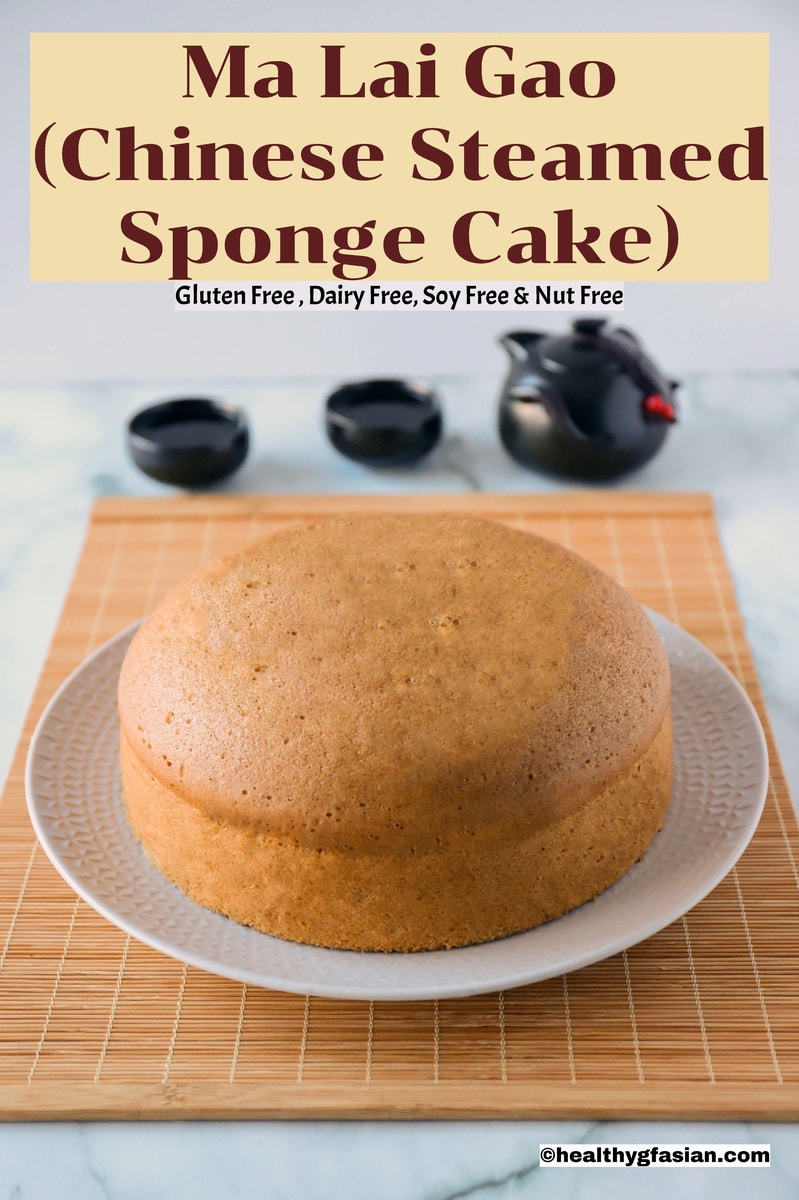
Cooking Methods
This Ma Lai Gao (Chinese steamed sponge cake) has a simple, satisfying aroma and flavour that not many can refuse. Consequently, modern variations include using brown sugar as alternative to white sugar, adding of custard powder, evaporated milk and honey. Some ma lai gao recipes also use yeast instead of levain, baking powder or baking soda. For my gluten free recipe, I am using gluten free self-raising flour, corn starch, and coconut sugar. As well as maple syrup, vegan butter, rice milk, vanilla extract, baking powder, baking soda and salt.
In addition, the resulting brown ma lai gao cake is light, fluffy, moist and buttery. Also, filled with caramel toffee flavour from the coconut sugar and maple syrup. You can’t tell that it’s gluten free too! This gluten free recipe is also low carb, dairy free, nut free, soy free, yeast free and refined sugar free.
Check out my other gluten free cakes recipes:
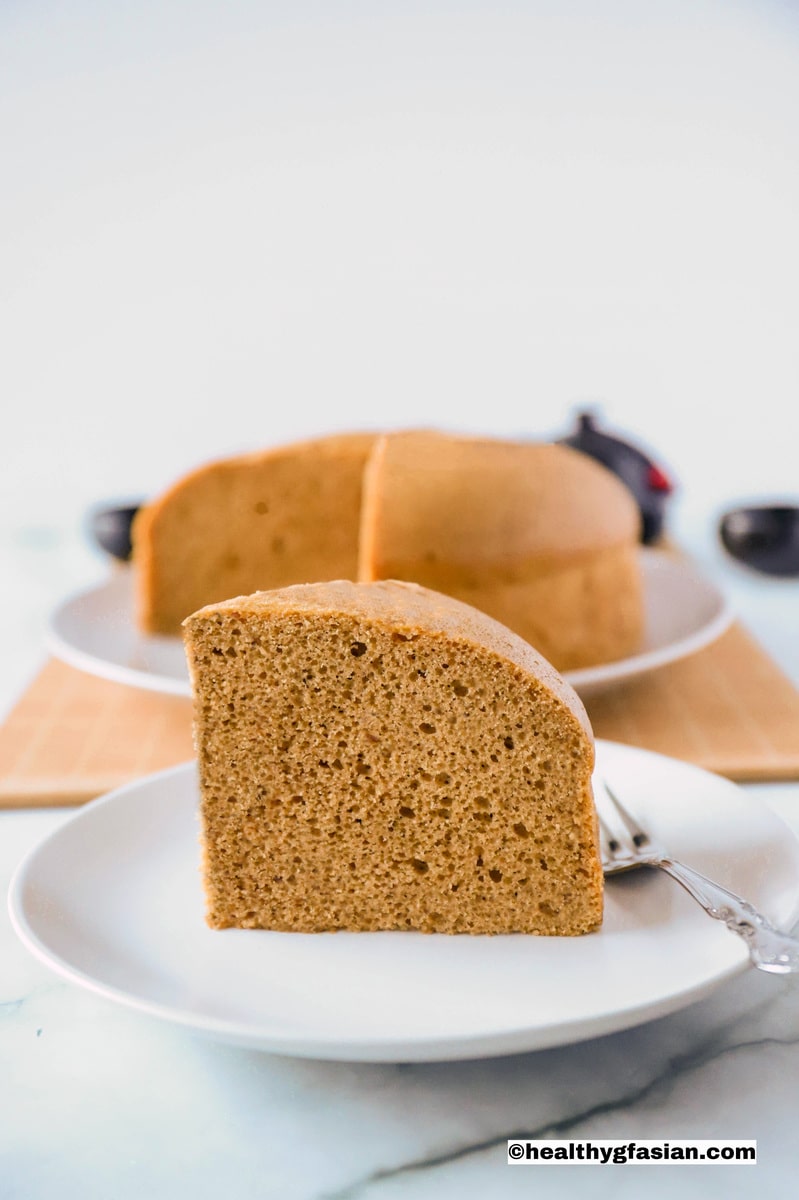
History of Ma Lai Gao
Highly contested is the origin of Ma Lai Gao , but many believed that it originated from England. The British took their English baked sponge cake to the Malay peninsula. The locals then adapted the Malay sponge cake to their own preferences. They used coconut milk and pandan leaves and steaming instead of baking the cake. Subsequently, the Cantonese chefs took their own adjusted version of the cake to Hong Kong and Guangdong province. And they modified this symbolic cake to suit local tastebuds. They called it ma lai which means malay and gao means cake in Cantonese.
Steaming is a traditional and very popular cooking technique for making cakes in China and Southeast Asia. Especially before the invention of ovens. Today, they still use steaming for making cakes and Malay or Nonya kuihs/cakes in these regions of the world. Moreover, they use steaming equipment like bamboo steamer, large wok with lid, steamer pot and steaming rack.
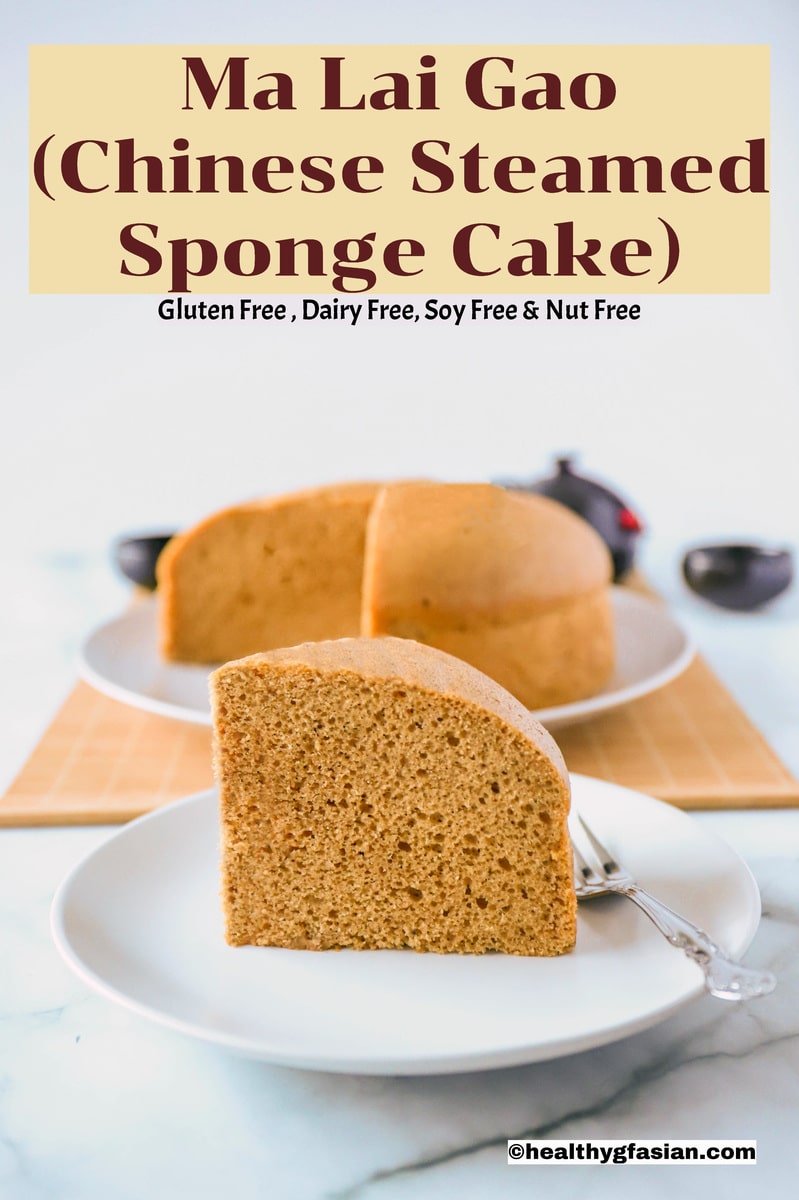
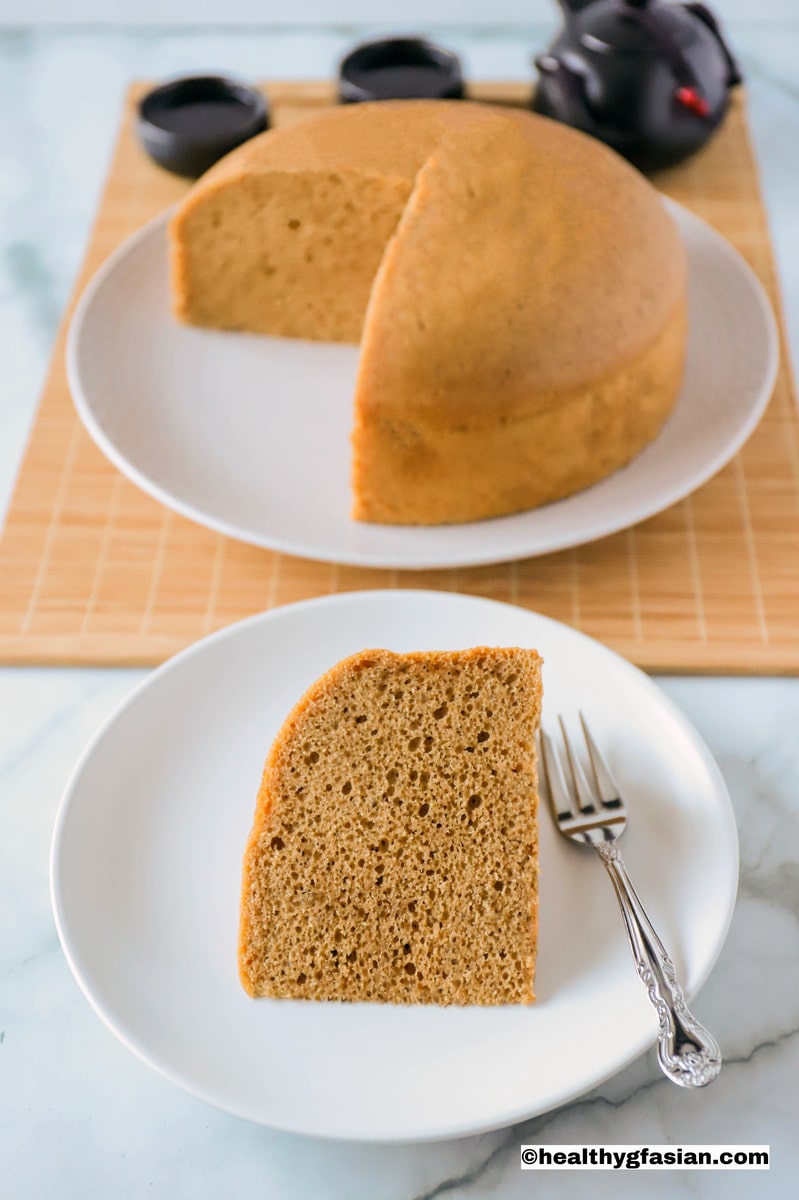
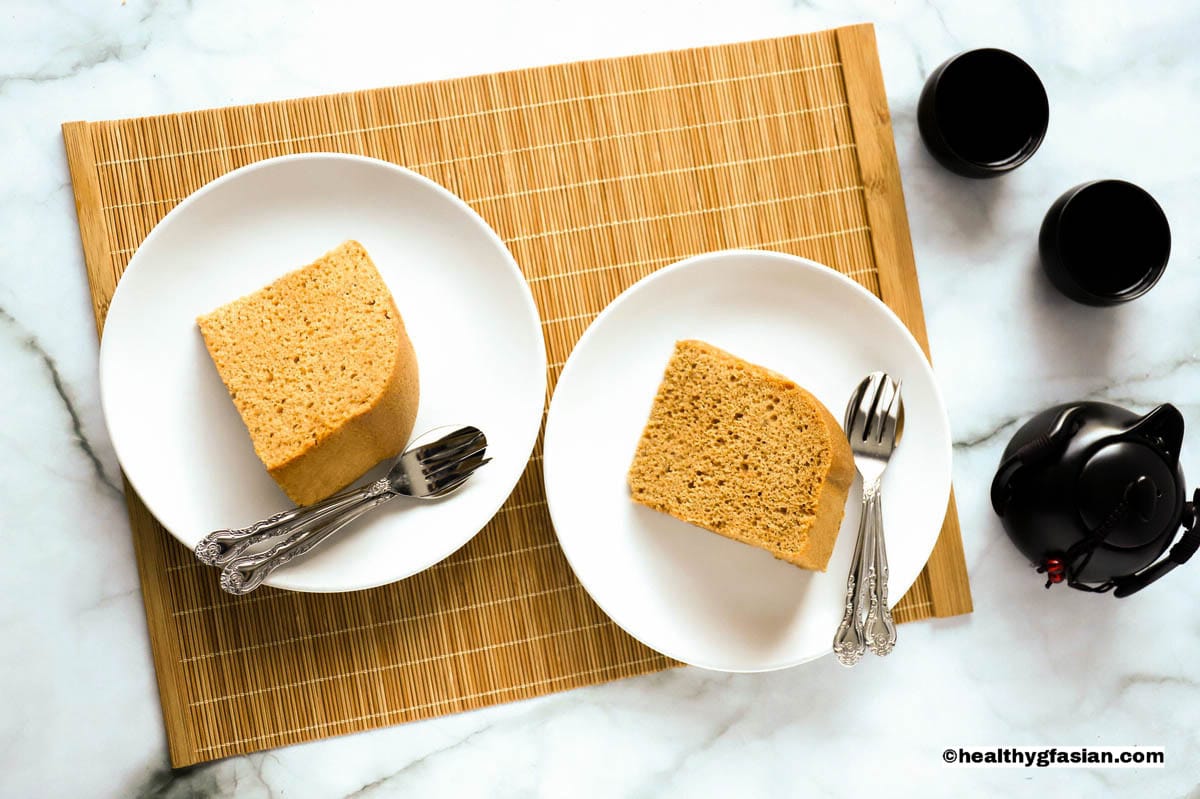
Ma Lai Gao (Chinese Steamed Sponge Cake)
Ingredients
- vegan butter for greasing the cake pan
Dry Ingredients:
- 250 g gluten free self-raising flour
- 50 g corn starch
- 100 g coconut sugar
- ¼ teaspoon salt
- 1 teaspoons baking powder
- ½ teaspoon baking soda
Wet Ingredients:
- 4 large eggs
- 100 g vegan butter melted
- ¼ cup rice milk
- ¼ cup maple syrup
- 2 teaspoons vanilla extract
Instructions
For the cake batter:
- Heat up the rice milk in small pot, add in the coconut sugar, vegan butter, maple syrup and vanilla extract. Mix and combine well until the coconut sugar has melted completely. Set aside to cool.
- Sift and combine all the dry ingredients and mix well in a large bowl.
- In another large bowl, beat eggs with a hand mixer or stand mixer on high speed until pale and fluffy.
- Add in the rice milk mixture from step 1. Continue to whisk and mix on high speed until light and fluffy and the mixture looks creamy.
- Then add in the mixed dry ingredients in step 2 gradually, 1/3 at a time. Whisk and combine well with a hand mixer or stand mixer on medium speed. Once you have added all the mixed dry ingredients, whisk on high speed until you get a smooth texture.
For steaming the sponge cake:
- Lightly grease the whole cake pan with some vegan butter.
- Line the bottom and sides of the cake pan with baking paper. Lightly grease the baking paper with some vegan butter as well.
- Pour the cake batter into the cake pan. Then tap the cake pan on the benchtop counter a few times to even the batter and remove large bubbles. Rest for 30 minutes.
- Cover the cake pan with aluminium foil by making the top around 2 inches higher than the sides (Dome shape) and secure the sides to the cake pan. This is important to prevent cake batter from touching the foil when rising. And to avoid uneven cake surface from water vapour during steaming.
- Heat up a large wok with a steaming rack and fill with 2/3 water and bring to a rolling boil. Ensure that there is enough water for the whole steaming process. You can also use a steamer pot as alternative to wok.
- Place the cake pan on top of the steaming rack and cover with wok lid and steam on medium high heat for 50 minutes or until bamboo stick comes out clean.
- Let the cake rest for 10 minutes before removing from cake pan. Slice into 12 pieces and serve. Best served hot or warm.
- To reheat, place each cake slices into the microwave for 40 seconds. If cake has been in the refrigerator, heat up each cake slices for 1 minute in the microwave.
Recommended Products



Notes
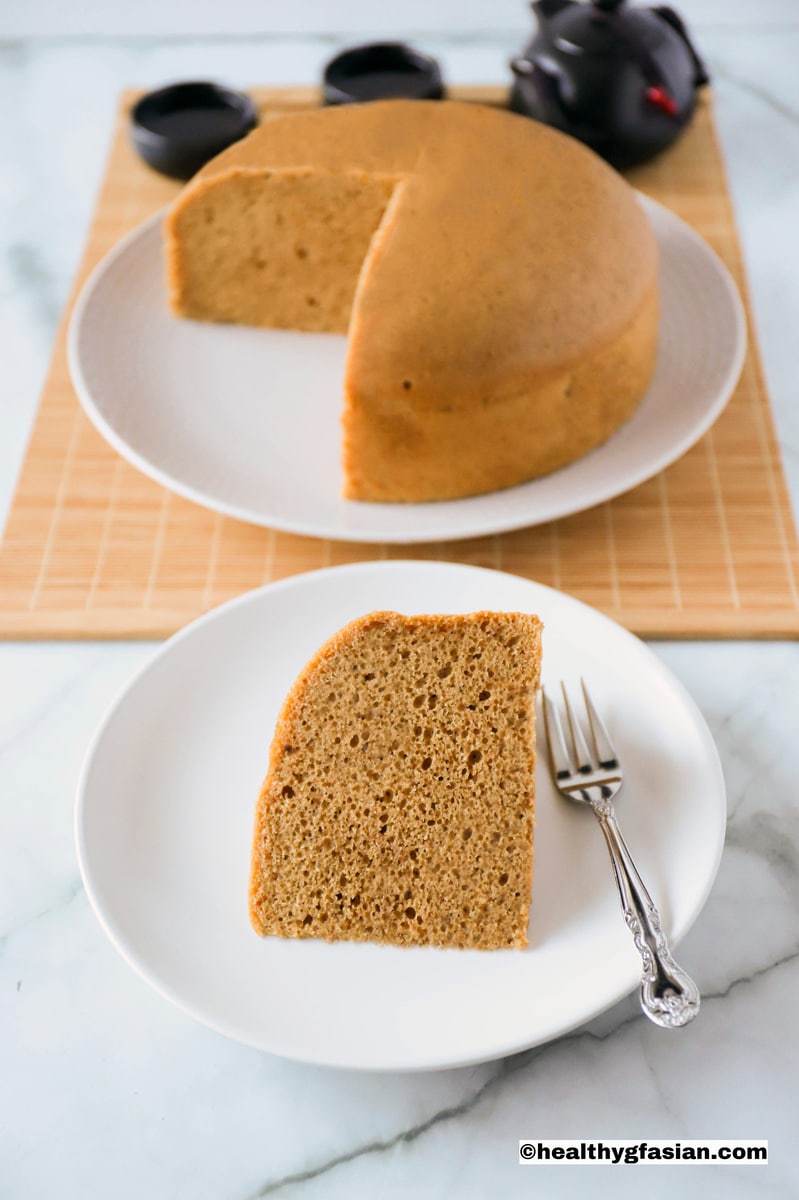

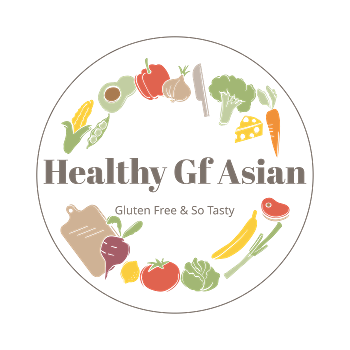














Can you use this for a layered cake? I’m making one for my friends daughters birthday and she can’t have diary and gluten or eggs and I remembered going to dim sum and having this cake and wondered about steam rather than many awful gf vegan recipes in oven I tried this week 🙂 thank you!
Yes, you can use this for a layered cake. Note that this cake recipe has eggs in it. 🙂
Thank you I will use chickpea liquid 🙂 at least to try as all my gf vegan baked cakes are the texture of come and I’ve tried 7 recipes already yesterday
You may like to try for one egg, mix 1 tablespoon apple cider vinegar with 1 teaspoon bi-carb soda or baking soda. The mixture will form bubbles and is great for leavening or lifting in baked goods like cakes and breads.
do we line the pan or the steamer with the parchment?
Line the cake pan with parchment. If using bamboo steamer, line it with a whole piece of parchment paper covering the sides and the bottom.